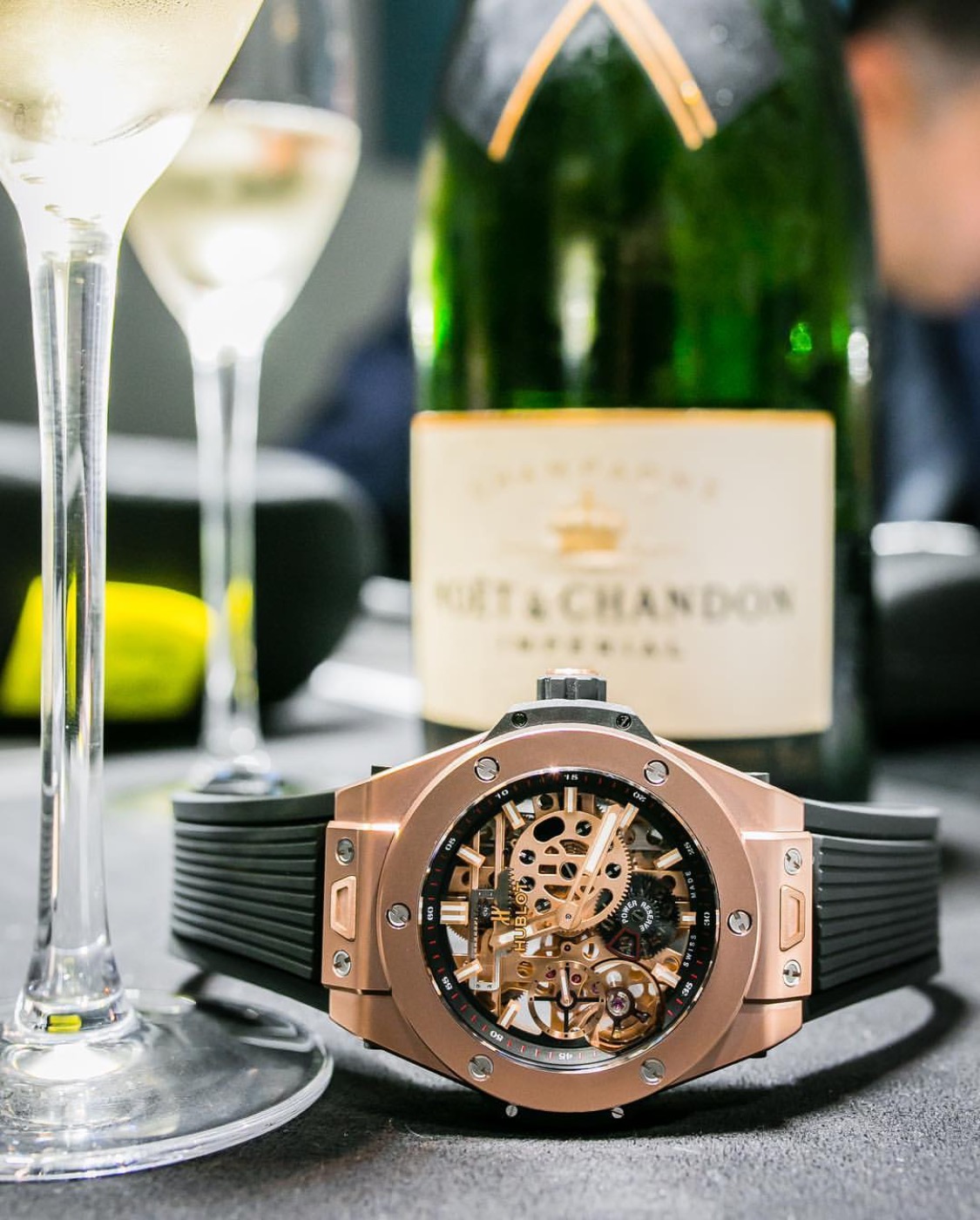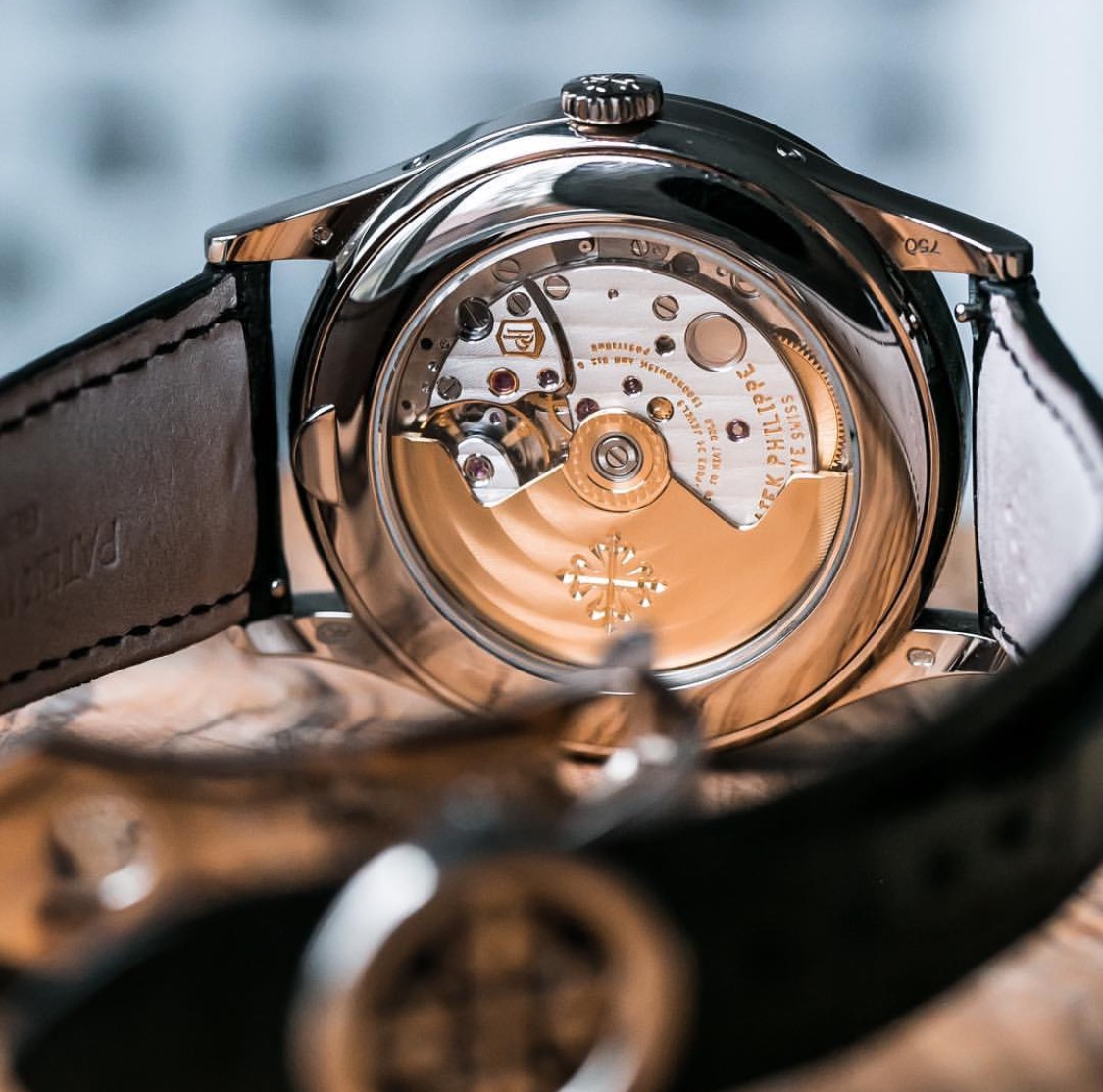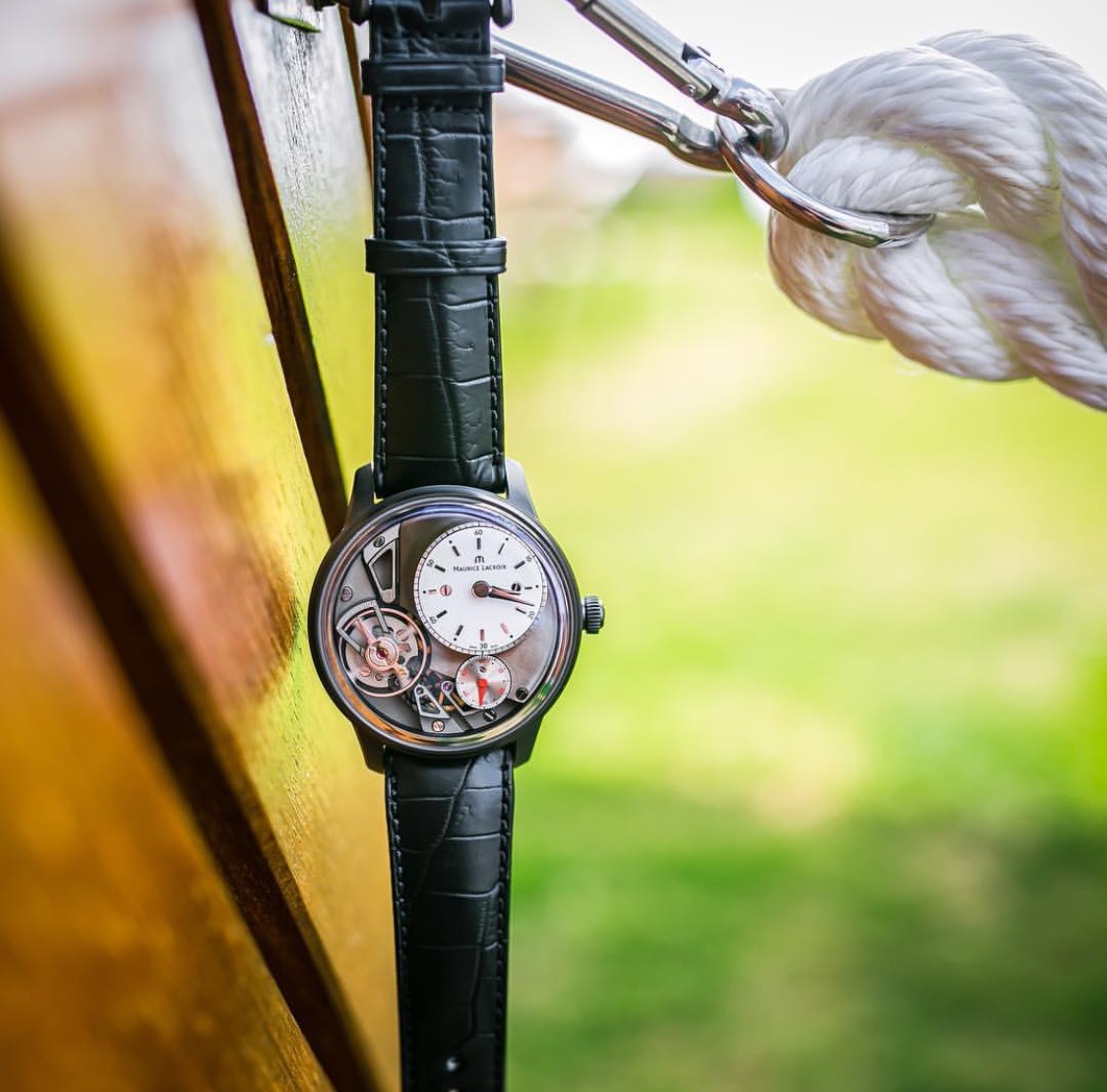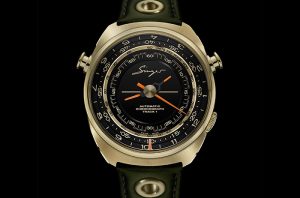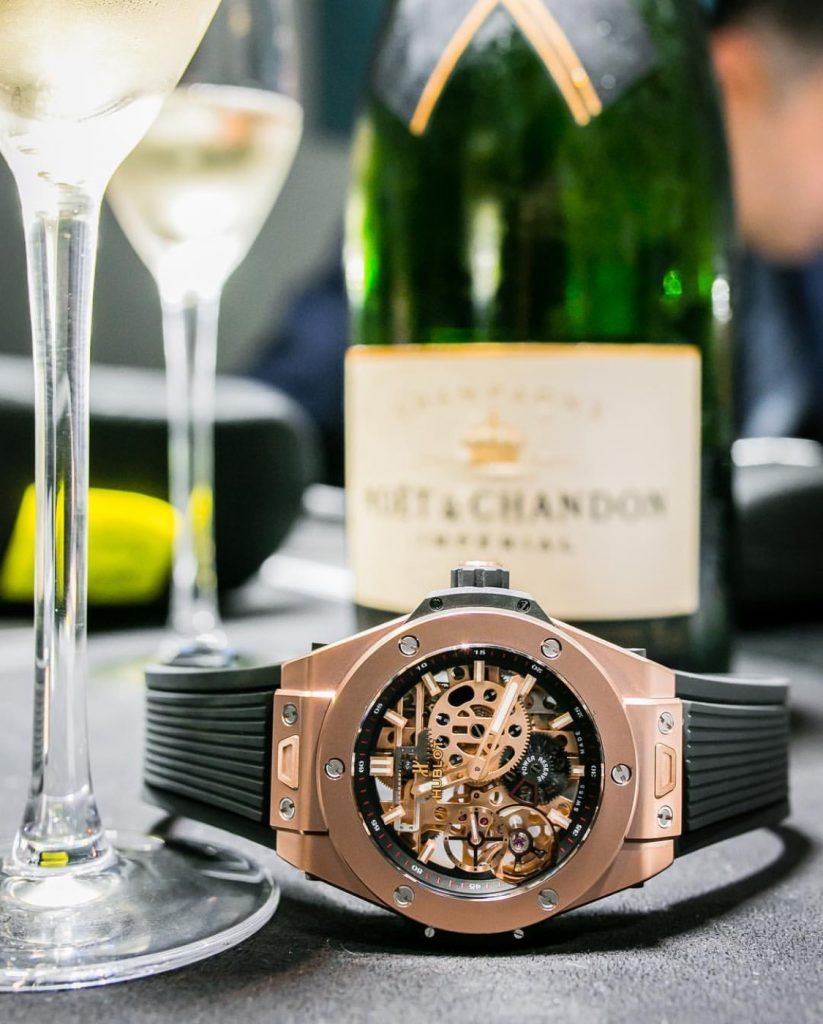
Why are men obsessed with watches
Watches are big business these days. And the last five years have seen extraordinary growth in the sector. The Swiss watch industry, for example, saw its exports grow from £2.5bn in 1986 to £10bn in 2008. All this despite the fact that the primary function of the watch – to tell the time – has been rendered pretty much obsolete by the invention of the mobile phone and the BlackBerry. So why are we still buying them? Why do heads of state still give watches to their hosts on the occasion of state visits? (Silvio Berlusconi must have handed dozens to Tony Blair over the years.) Why did Bernie Madoff own 17 Rolexes and seven Cartiers? Why are the most common items stolen from wealthy footballers in Cheshire not sports cars but watches? Why are the pages of men’s magazines such as Esquire and GQ, or publications such as the Spectator and the New Yorker, festooned with glossy advertisements featuring A-list celebrities wearing watches that cost many thousands of pounds each?
It wasn’t so long ago that your father would hand you a gold-plated watch on your 21st birthday and that would be that. It never crossed a man’s mind that he might need to add another two or three by the time he hit 30. And it certainly never crossed his mind that when he reached 40 he might be grateful to receive a smart wooden box with different felt-lined compartments in which to keep his “collection” of watches.
The fact that men are still buying and cherishing quality timepieces is of great comfort to an industry that, in the early 1970s, thought its time, if you will excuse the pun, had come. The invention of the quartz watch (in analog or digital form) in 1967 might initially have been hailed a great technological achievement, but it wasn’t long before it was also seen as the biggest challenge the traditional timepiece had faced since the wristwatch first became popular at the end of the first world war. The fact that a cheap Casio with a flashing LED time display was what every young hipster soon craved, coupled with the economic doldrums in which the world found itself in the 1970s, spelled disaster.
It took a few years of navel-gazing and re-evaluating what a watch was truly for before, in the mid-1980s, a few forceful and inventive characters in the industry came back with a design philosophy and marketing programme that brought the sector back from the brink. These horological pioneers decided that watches would not merely be timekeepers, they would be mini-masterpieces that showcased extreme craftsmanship, represented tradition, incorporated technology and embraced innovation. They would effectively be a Savile Row suit, Ferrari sports car, Mayfair member’s club and Nasa spaceship rolled into one package that could sit neatly on your wrist.
And despite their size, and passive presence, watches could even have a hint of sport, danger and adventure about them. It was 25 years ago, for example, that Tag Heuer signed a deal with the formula one McLaren team and suddenly its timepieces were associated with one of the world’s most glamorous, high-octane sports. What man wouldn’t want to have a little part of that – even if the closest he got to the Monaco Grand Prix was a 15-minute commute on London Underground’s Circle line?
The idea that technology would deal a fatal blow to the watch, simply hasn’t panned out. Men now own mobile phones and BlackBerrys as well as, not instead of, their timepieces. Watches are one of the few items that a man can wear that he believes display true character, signal that he is a member of a particular club – whether it’s an Audemars Piguet or a Swatch – and indulge in a little dose of extravagance without, generally, drawing criticism. Watches are the acceptable face of male jewellery: bangles can be iffy, signet rings dodgy, ear studs a no-no and gold chains risible. A Rolex or a Jaeger LeCoultre, however, whether it’s gold, platinum or stainless steel, is viewed as wholly acceptable.
Antoine Pin, managing director of LVMH’s UK watch and jewellery business, points out that men’s dress codes are quite limited. “Our wardrobes consist mainly of suits, shirts, sweaters and jeans, so a watch is one of the few places that you can express your personality, or the way that you are feeling,” he says.
Pin also points out that the only other item that men traditionally use to express themselves, or to show off with, is their car. But the flashy car is becoming less popular: not only are cars big, expensive, environmentally unsound, dangerous and declasse, but they have another major disadvantage compared to the watch: they are parked in the garage rather than being displayed where all can see them. A watch is a Porsche that you can take to meetings – and it doesn’t harm the planet either.
To take full advantage of all this, the watch industry has done three things: one, made its creations technologically advanced and awe-inspiringly complicated in construction, ever more like a world-class sports car in fact; two, made sure that it continually introduces new models; three, spent a lot of money letting us know about them. Hence those wall-to-wall glossy adverts.
The technology aspect is, of course, crucial. Men are, intrinsically, nerdy; they love nothing more than an item that not only looks good but has myriad functions and a construction that will have taken a lot of craftsmen a lot of time. One highly collectible Patek Philippe model, the limited-edition Calibre 89 – the world’s most complicated watch – has 33 functions (including telling you the time of sunrise and sunset, indicating leap years, providing the date of Easter, as well as a thermometer and a moon phase display) and 1,278 parts, which include 68 springs and 24 hands. One sold at auction in 2004 for more than $5m.
And because of technological advances and improvements, the watch companies are able to produce new innovations with increasing frequency. The major brands will introduce a new model at least once a year, usually unveiled at the industry’s annual showcase, Baselworld, where all the companies spend a fortune building extravagant, three-storey, luxuriously furnished temporary stands to display their latest designs.
The industry’s big players will invest between 10 and 25% of their revenue in advertising and marketing: millions will go on buying pages in magazines that reach their target market, and millions more will go on sponsoring sports teams or players that lend their brands the edge they require. In return, the magazines will feature their watches in their editorial pages – as much because their readers will want to know about them as because the watch companies will hope for their support in return for the amount of money they have invested. For example, watch advertising will account for about 18% of the total ad revenue of a typical upmarket men’s magazine.
The economy has also dictated a shift in what men are looking to buy. Sarah Carlsen, head of press at Cartier, says that its customers are also no longer looking to make an ostentatious statement. “The showy buyers of a bull market are long gone,” she says. “We are now selling to men looking to make an intelligent purchase; looking to be part of an unspoken club of those who know, understand and appreciate the complications of an haute horology timepiece.”
The economy has also dictated a shift in what men are looking to buy. Sarah Carlsen, head of press at Cartier, says that its customers are also no longer looking to make an ostentatious statement. “The showy buyers of a bull market are long gone,” she says. “We are now selling to men looking to make an intelligent purchase; looking to be part of an unspoken club of those who know, understand and appreciate the complications of an haute horology timepiece.”
But it’s also about simple pleasure, of course. I own five watches – a Jaeger LeCoultre Reverso, a vintage 1960s Rolex Submariner, a Tag Heuer Carrera, a Manometro by Giuliano Mazzuoli and a Swatch – and I enjoy them all equally. And, like it or not, the model you wear does says something about you. And it isn’t necessarily about the price: as Obama has illustrated, you can be the leader of the free world and your timepiece cost no more than £260, while Diego della Valle, the billionaire owner of the Tod’s fashion empire, always sports a humble but perfectly designed Swatch.
Whether it cost £50 or £5,000, men clock the watch in the same way some women might take note of another’s shoes. It’s what we do. And the watch industry is very happy about that.
By Jeremy Langmead for Esquire
Discover the world of Slay Billionaire here

